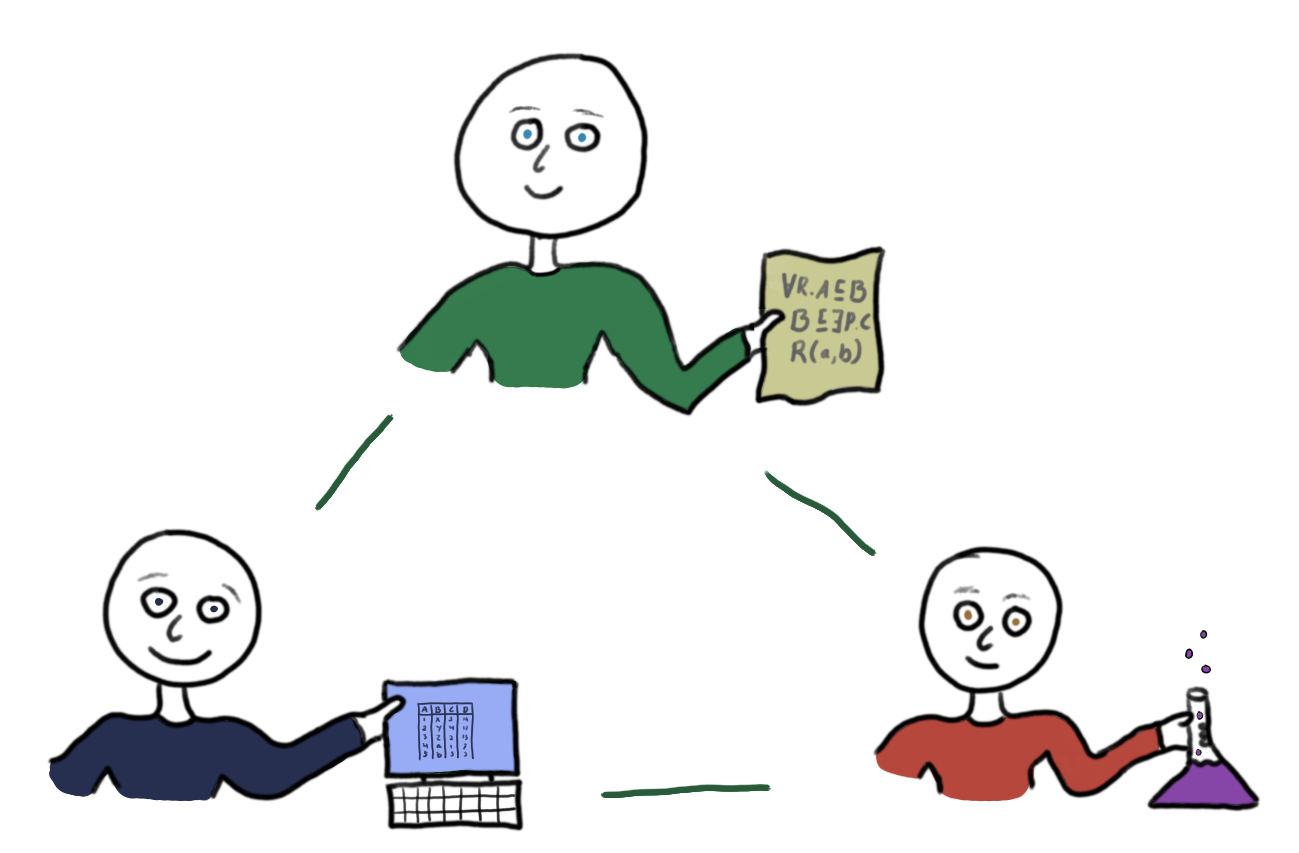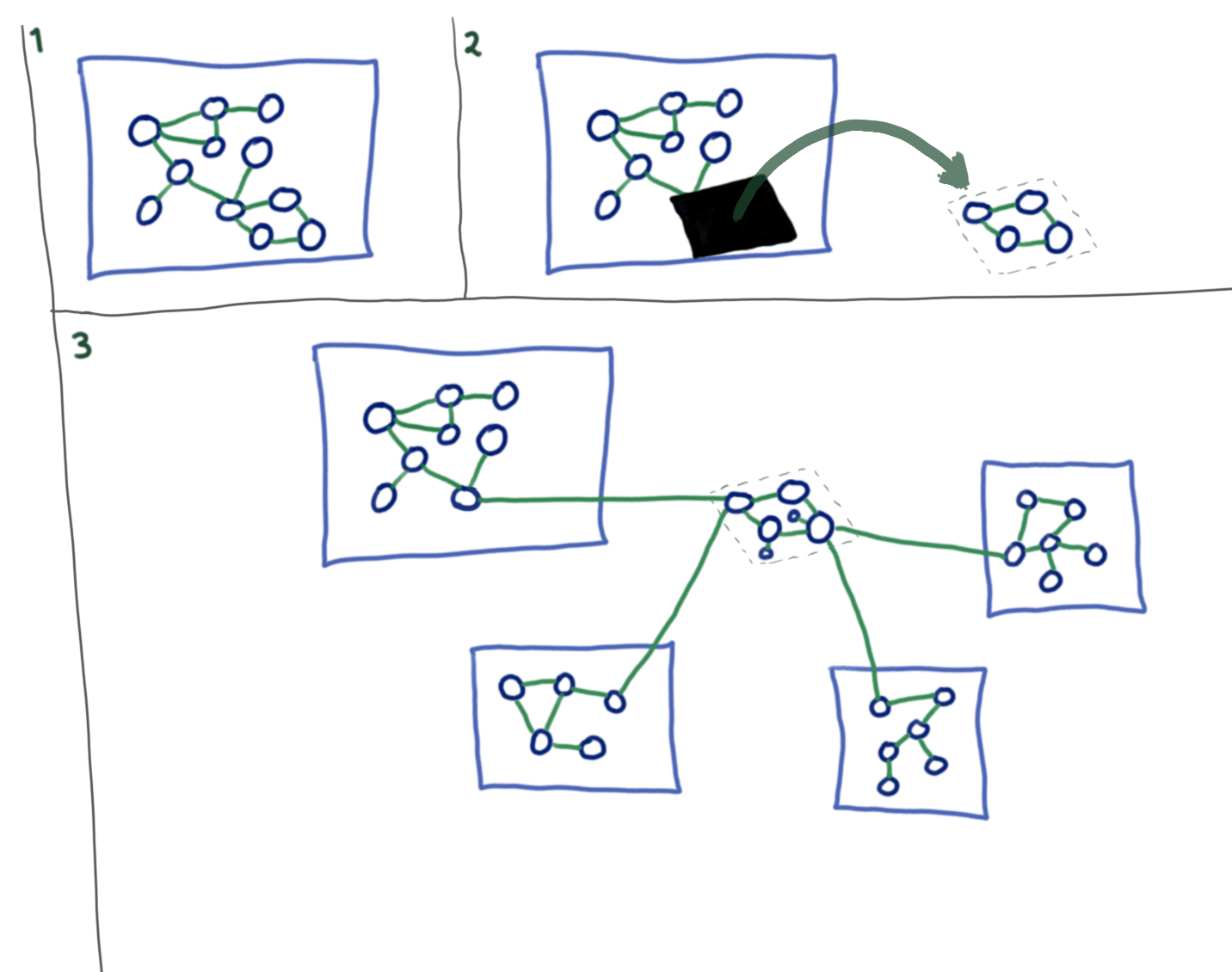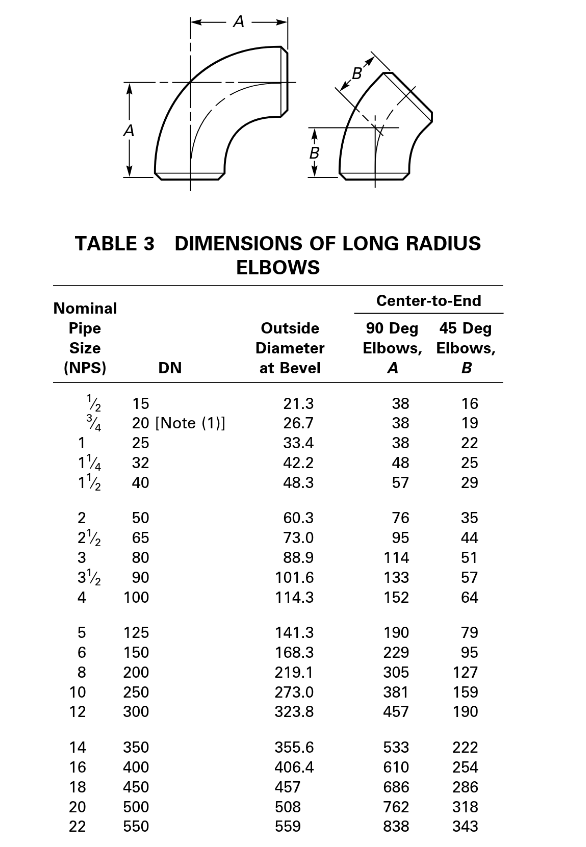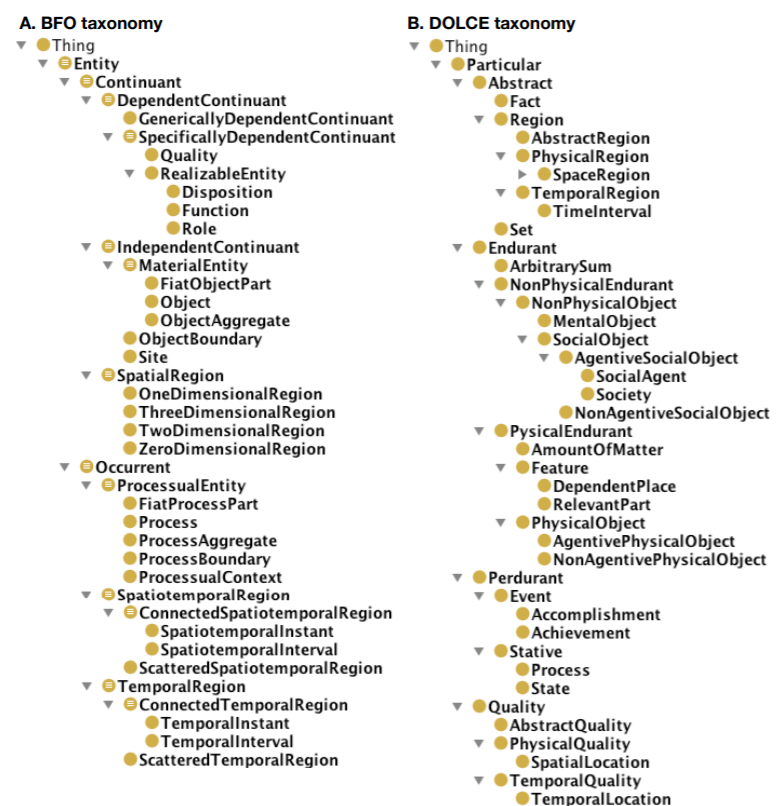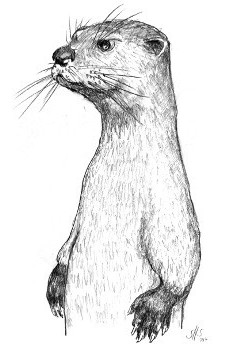Country
| country | region | 2023 | 2022 | 2021 |
|----------------|----------|------------|------------|------------|
| United States | Americas | 26,854,599 | 22,996,100 | 23,315,081 |
| China | Asia | 19,373,586 | 17,734,063 | 17,734,131 |
| Japan | Asia | 4,409,738 | 4,937,422 | 4,940,878 |
| Germany | Europe | 4,308,854 | 4,223,116 | 4,259,935 |
| India | Asia | 3,736,882 | 3,173,398 | 3,201,471 |
| United Kingdom | Europe | 3,158,938 | 3,186,860 | 3,131,378 |
| France | Europe | 2,923,489 | 2,937,473 | 2,957,880 |
| Italy | Europe | 2,169,745 | 2,107,703 | 2,107,703 |
| Canada | Americas | 2,089,672 | 1,988,336 | 1,988,336 |
| Brazil | Americas | 2,081,235 | 1,608,981 | 1,608,981 |
--
Country
| country | region |
|----------------|----------|
| United States | Americas |
| China | Asia |
| Japan | Asia |
| Germany | Europe |
| India | Asia |
| United Kingdom | Europe |
| France | Europe |
| Italy | Europe |
| Canada | Americas |
| Brazil | Americas |
GDP
| country | year | GPD |
|----------------|------|------------|
| United States | 2023 | 26,854,599 |
| China | 2023 | 19,373,586 |
| Japan | 2023 | 4,409,738 |
| Germany | 2023 | 4,308,854 |
| India | 2023 | 3,736,882 |
| United Kingdom | 2023 | 3,158,938 |
| France | 2023 | 2,923,489 |
| Italy | 2023 | 2,169,745 |
| Canada | 2023 | 2,089,672 |
| Brazil | 2023 | 2,081,235 |
| United States | 2022 | 22,996,100 |
| China | 2022 | 17,734,063 |
| Japan | 2022 | 4,937,422 |
| Germany | 2022 | 4,223,116 |
| India | 2022 | 3,173,398 |
| United Kingdom | 2022 | 3,186,860 |
| France | 2022 | 2,937,473 |
| Italy | 2022 | 2,107,703 |
| Canada | 2022 | 1,988,336 |
| Brazil | 2022 | 1,608,981 |
| United States | 2021 | 23,315,081 |
| China | 2021 | 17,734,131 |
| Japan | 2021 | 4,940,878 |
| Germany | 2021 | 4,259,935 |
| India | 2021 | 3,201,471 |
| United Kingdom | 2021 | 3,131,378 |
| France | 2021 | 2,957,880 |
| Italy | 2021 | 2,107,703 |
| Canada | 2021 | 1,988,336 |
| Brazil | 2021 | 1,608,981 |


